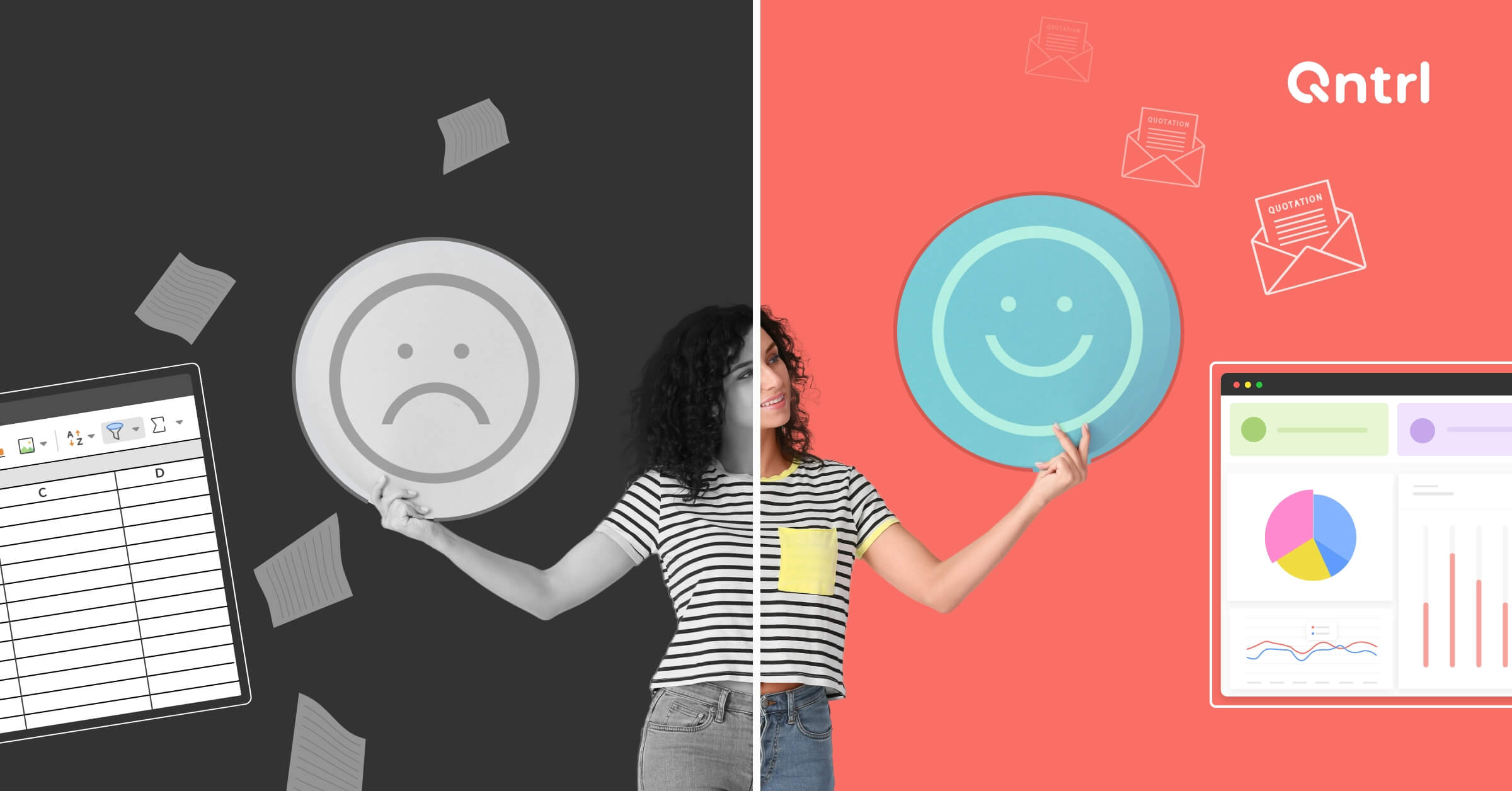The procurement life cycle, or the procurement process, is a sequence of steps that lead to the final purchase of goods and services. These stages repeat themselves as a set, from start to finish, making procurement cyclical. Identifying these stages is essential, as it strengthens analysis of the overall procurement process, locates the bottlenecks in it, and helps in devising ways to address these bottlenecks in the future.
An efficient procurement life cycle lets organizations minimize their effort in terms of money and time, as well as maximize their returns on investment and build long-term healthy relationships with reliable vendors.
While every organization has a unique process, the steps in this article are the foundation of any buyer-vendor relationship:
1. Identifying the required product/service
Identifying the requirement to purchase a product or obtain a service is the first stage of the procurement cycle. This product or service can either be indirect (to run the business) or direct (an item that will be sold later). With input flowing in from different stakeholders belonging to various departments, a high-level specification is drafted and the budget is set.
2. Documenting the tender and issuing an RFQ
Using the high-level specifications outlined earlier, a tender is developed and shared with potential vendors. This tender contains a detailed specification of requirements, terms and conditions, and a service-level agreement (SLA). The tender responses are assessed and a request for quotation (RFQ) is then issued to these vendors, containing information about the timeframe for submission.
3. Evaluating bids and selecting a vendor
The next step in the procurement process is to evaluate all the bids and select a reputable vendor who can deliver quality goods. A lot of factors are taken into consideration during the bid evaluation, such as the technical expertise and capabilities of the vendors, their financial strength, the quality of service they guarantee, and much more.
4. Negotiating contract terms
Once a vendor is chosen, the next step is to negotiate contract terms with them. The best practice is to get multiple quotes from the vendor, analyze which would suit your company the best, negotiate if required, and then take a call. When the contract terms and price seem to be a win-win situation for both parties, the contract is signed.
5. Finalizing the purchase order
After the contract is signed, a purchase order (PO) is prepared and shared with the vendor. It consists of a detailed description of the goods, the total quantity and cost, and each of the individual work items. The vendor can either accept or reject the PO. Once it gets approved by the vendor, it stands as a legally binding contract between both parties.
6. Receiving the goods and invoice
Once the PO is approved, the vendor initiates the delivery of the ordered goods. The buyer company, upon receiving the goods, makes sure everything is delivered as per the specifications in the PO, and if the quality meets expectations. In the case of missing items, the vendors are notified and solve the problem by delivering them as soon as possible.
Along with the goods, the invoice is also delivered. This invoice will contain the final agreed price, instructions on how to make the payment, and the credit period offered by the vendor to make the payment. However, the payment agreement sometimes changes depending on the strength of the relationship between both parties.
7. Three-way matching
After the invoice is received, three-way matching is done by the accounts payable team. In this stage, the purchase order, order receipt, and invoice are compared to verify that the received goods match the PO. In case of any disparities, the issue is resolved before making the payment.
8. Analyzing contract performance
Organizations have to review the performance of the contract from time to time.This helps in analyzing any issue that might have occurred between both parties and makes it easier to address.
Maintaining relationships with vendors isn't a one-time process. Regular contract reviews and communication with vendors will help in building a stronger bond between the two parties. Besides this, based on the scope of the current contract and if there is scope in the future for doing business with the same vendor, organizations often dedicate time for supplier relationship management (SRM).
Procurement is an ongoing and meticulous process. The stages that constitute a procurement process are dynamic—they change from organization to organization, depending on a variety of factors. However, a well-organized procurement process aims to secure the critical goods and services required to keep the business running and serve the customers, whilst minimizing spend.
With automation, businesses can better optimize the procurement process, and forecast demand better. Qntrl is workflow orchestration software that automates your procurement process to make it streamlined, powerful, and efficient. It gives you real-time visibility and control into the whole process.
Try Qntrl today, or talk to our experts.








